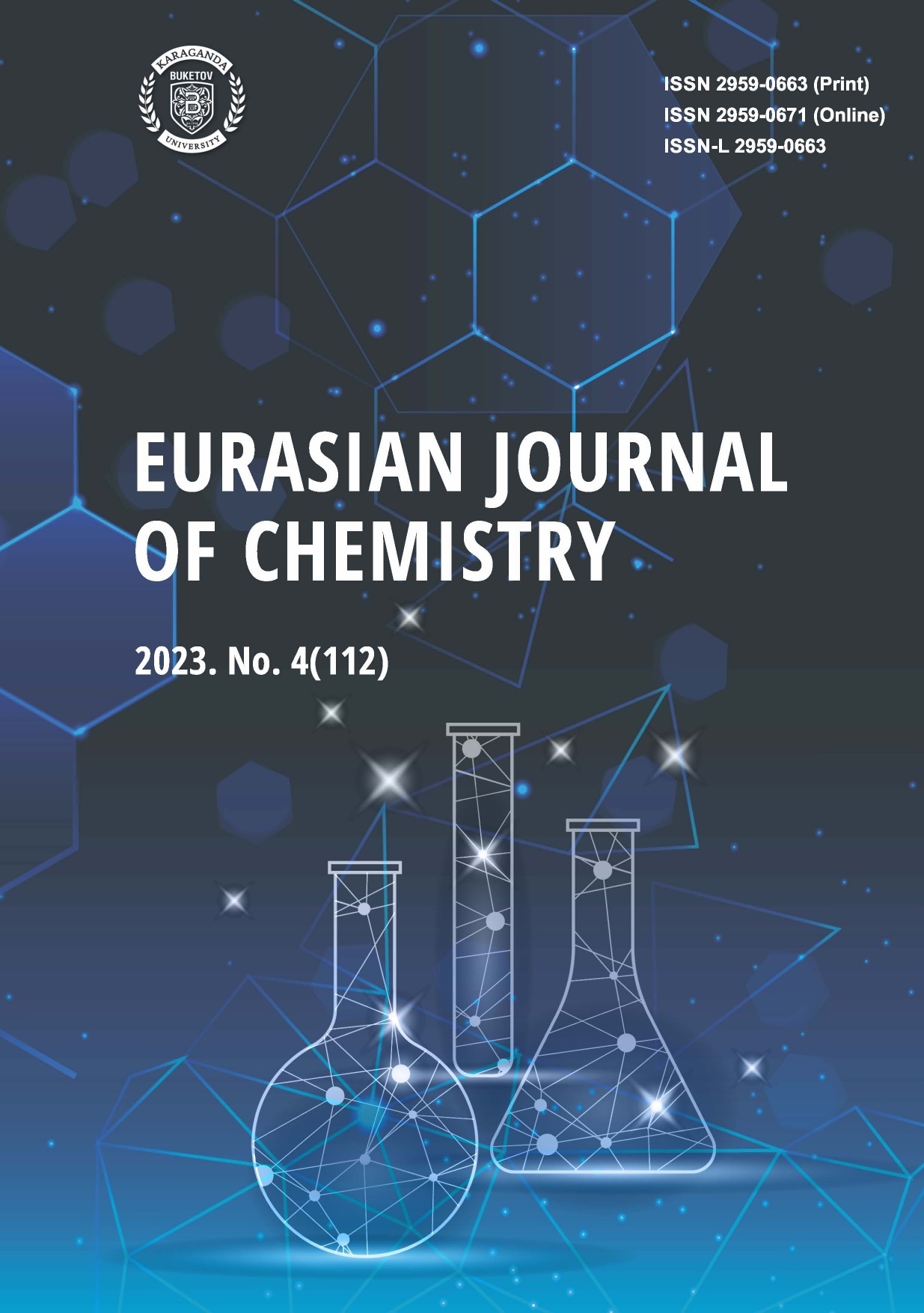Electrochemical Processes in Sulfite Gold Plating Solutions and Some Properties of Gold Coatings
DOI:
https://doi.org/10.31489/2959-0663/4-23-4Keywords:
gold plating, sulfite electrolyte, 2,2-bipyridine, ethylenediamine, inhibiting layer, impedance spectroscopy, polarization curve, rotating disk electrode, micro hardnessAbstract
The kinetics of gold electrodeposition from Au(I) sulfite solutions have been studied by impedance spectroscopy and polarization measurements on a rotating disk electrode. Two solutions were used: a Na3Au(SO3)2-based electrolyte with 2,2¢-bipyridine as stabilizing additive and an electrolyte containing (NH4)3Au(SO3)2. The polarization curves show a rise in current with increasing rotation speed of the electrode up to 300 rpm. It was found that contributions to the impedance spectra come from the steps of charge transfer and gold ad-atom incorporation into the crystal lattice, as well as from the relaxation of surface coverage with adsorbed species in an inhibiting layer. An equivalent electrical circuit was suggested to describe the impedance spectra. This circuit provides good approximation of impedance plots for both electrolytes at all electrode potentials. The overall cathodic reaction in both electrolytes appears to consist of the steps of the same nature. Some properties of the Au coatings (micro hardness, size of crystallites) were also determined. Soft gold coatings with micro hardness of 0.66 GPa are obtained from the electrolyte based on (NH4)3Au(SO3)2, the coatings with a higher micro hardness (~0.85 GPa) are deposited from the electrolyte containing 2,2¢-bipyridine.
Downloads
Published
How to Cite
Issue
Section
License
This work is licensed under a Creative Commons Attribution-NonCommercial-NoDerivatives 4.0 International License.
Authors retain copyright and grant the journal right of first publication with the work simultaneously licensed under a Creative Commons Attribution License (CC BY-NC-ND 4.0) that allows others to share the work with an acknowledgement of the work's authorship and initial publication in this journal.




